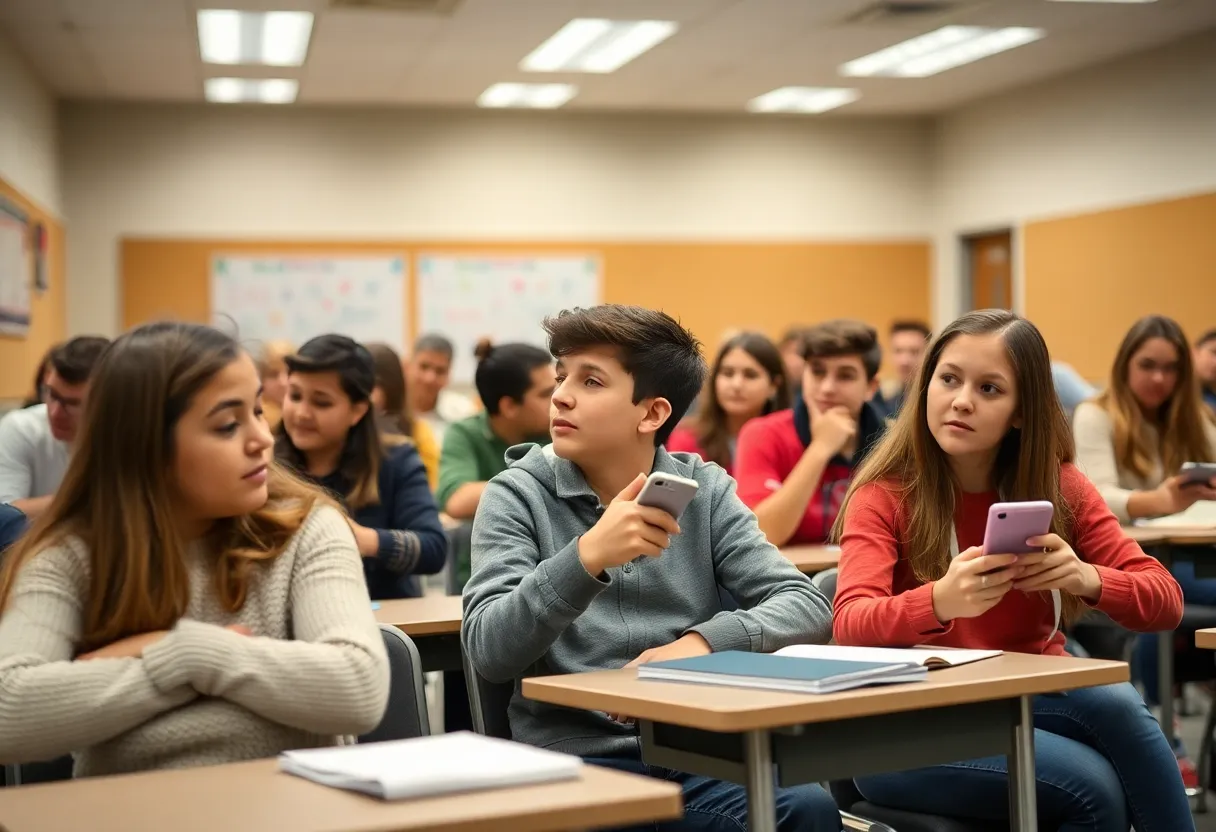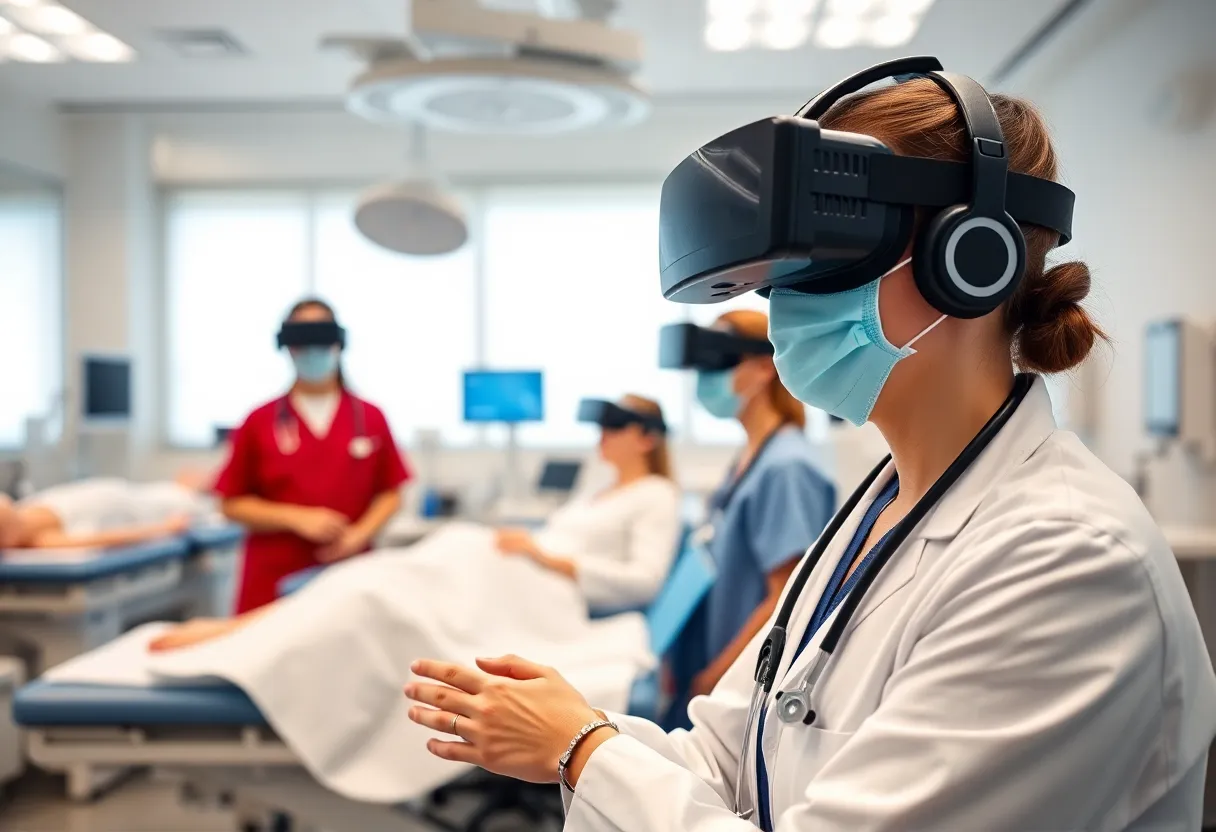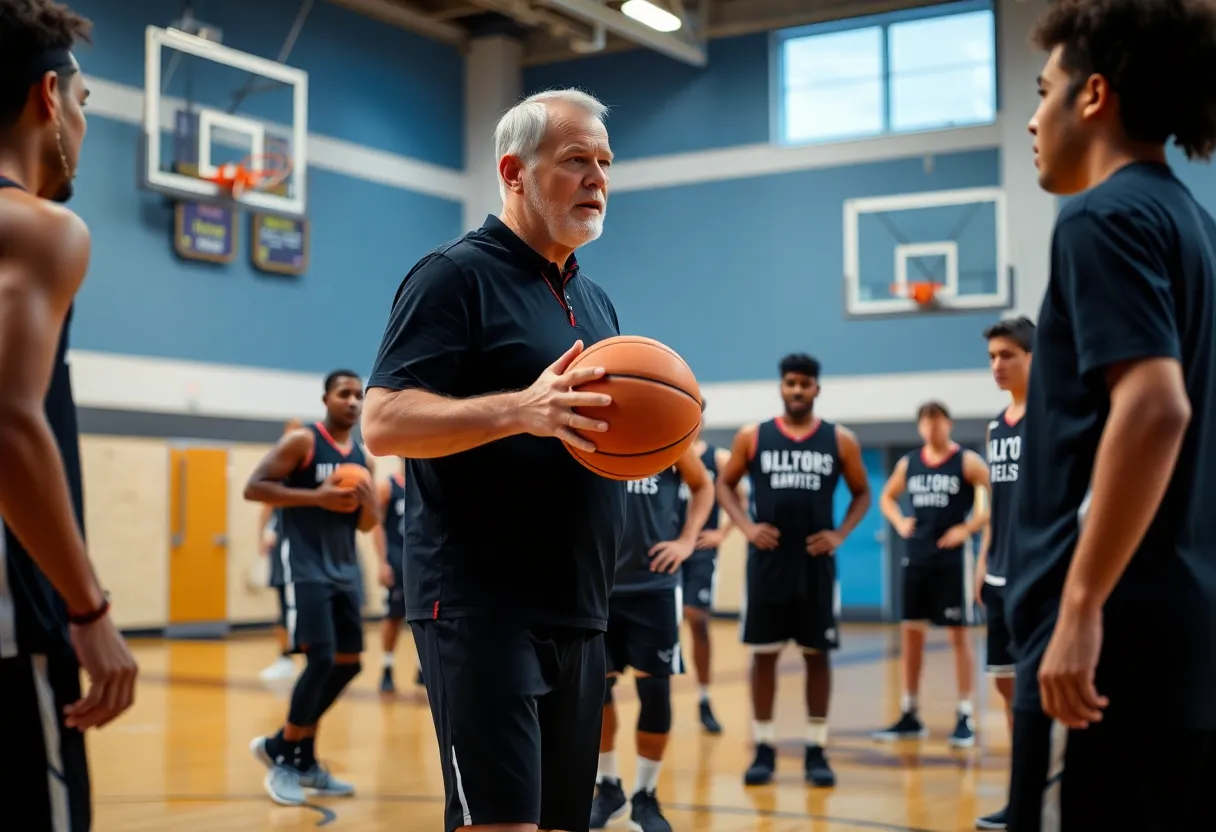Omaha, NE, October 5, 2025
Omaha Public Schools and Millard Public Schools report positive impacts from stricter cellphone policies, leading to improved student focus and engagement in the classroom. The new regulations require students to surrender their phones at the start of the school day or store them in secure pouches, reducing distractions during lessons. While some parents express concern about emergency access, school districts emphasize the importance of fostering better learning environments. Ongoing assessments will evaluate the long-term effectiveness of these policies on student outcomes.
Omaha-Area Schools See Benefits from New Cellphone Restrictions
Omaha, NE – Several school districts in the Omaha area, including Omaha Public Schools and Millard Public Schools, are reporting positive results from stricter cellphone policies introduced at the start of this school year. Teachers and administrators note that students are demonstrating improved focus during classes and greater engagement in lessons, based on early feedback and surveys.
The new rules require students to surrender their phones at the beginning of the school day or keep them in secure pouches throughout the day. This approach has led to noticeable reductions in distractions, allowing for smoother classroom interactions and more uninterrupted teaching time. Preliminary data suggests these changes are creating a more conducive environment for learning across multiple schools.
Details on Policy Implementation
In districts like Omaha Public Schools and Millard, the policies were rolled out uniformly at the start of the academic year to address concerns about cellphone use interfering with education. Phones are typically collected in the morning and returned at the end of the day, or students use pouches that lock devices away during school hours. This method ensures devices remain accessible only outside of instructional time.
Teacher observations highlight that without the constant pull of notifications and social media, students are participating more actively in discussions and assignments. Surveys conducted shortly after implementation show a majority of educators agreeing that classroom dynamics have improved, with fewer instances of students disengaging due to screen time.
Parental Concerns and Emergency Access
While the policies have been well-received in educational settings, some parents have raised questions about access to their children in emergencies. Districts have responded by outlining clear protocols, such as designated school office lines for urgent communications and options for students with specific medical needs to retain limited access. These measures aim to balance safety with the goals of minimizing distractions.
Administrators emphasize that the primary intent is to foster better concentration and social interactions among students, without completely isolating them from the outside world. Information sessions were held before the school year to explain the rules and address potential issues, helping to build community support.
Long-Term Evaluation Plans
District leaders plan to monitor the effects of these policies through the end of the school year, using additional surveys, academic performance metrics, and stakeholder input. This ongoing assessment will help determine if the changes lead to sustained improvements in student outcomes, such as higher test scores or better attendance.
Early indicators are encouraging, but officials stress the importance of a comprehensive review to make data-driven adjustments if needed. The goal is to refine the approach so it continues to support educational priorities while adapting to feedback from students, parents, and staff.
Broader Context in Omaha Education
These cellphone restrictions are part of a wider effort by Omaha-area schools to modernize learning environments amid growing concerns about technology’s impact on youth. Similar initiatives have been adopted in other regions, but local districts tailored their versions based on input from educators and families.
By prioritizing in-person engagement, schools hope to counteract the challenges posed by digital devices, ultimately aiming to enhance overall student well-being and academic success. As the year progresses, updates on the policies’ effectiveness will likely inform future decisions for the Omaha educational community.
The positive initial feedback underscores a shift toward more focused classrooms, setting a promising tone for the rest of the school year. Districts remain committed to transparency, ensuring all parties are informed as evaluations continue.
(Word count: 562)
FAQ
What school districts in the Omaha area are reporting positive outcomes from stricter cellphone policies?
Several school districts in the Omaha area, including Omaha Public Schools and Millard Public Schools, are reporting positive outcomes from stricter cellphone policies implemented this school year.
What improvements have been observed since implementing the cellphone policies?
Students show improved focus in class and higher engagement, according to teacher feedback and preliminary surveys. Administrators note fewer distractions during lessons.
How are the cellphone policies enforced in these schools?
Phones are now collected at the start of the day or stored in pouches, ensuring they are not accessible during instructional time.
What concerns have parents raised about the new policies?
Some parents express concerns about emergency access to their children.
What is the goal of these cellphone policies?
The policies aim to enhance learning environments by reducing distractions and improving student focus.
How will the districts assess the long-term impact of the policies?
Districts plan to evaluate long-term effects by year’s end using additional surveys and performance metrics.
Key Features of Cellphone Policies in Omaha-Area Schools
| Feature | Description |
|---|---|
| Districts Involved | Several Omaha-area districts, including Omaha Public Schools and Millard Public Schools |
| Implementation Timing | Start of this school year |
| Enforcement Method | Phones collected at start of day or stored in pouches |
| Observed Benefits | Improved student focus and engagement; fewer classroom distractions |
| Parental Concerns | Access in emergencies |





